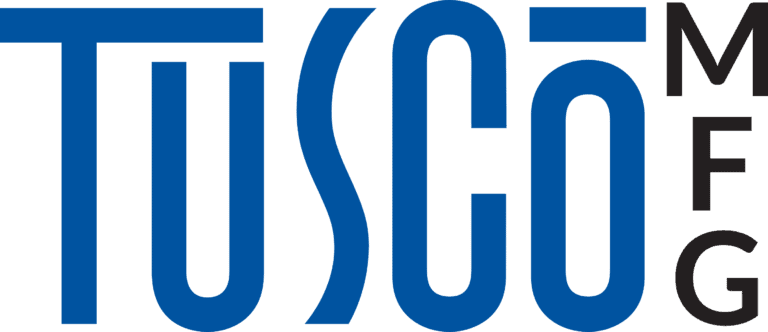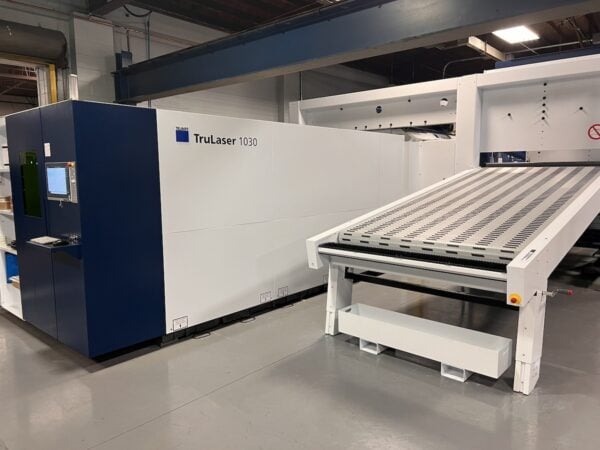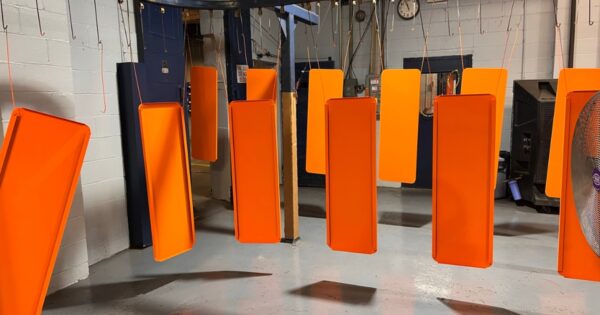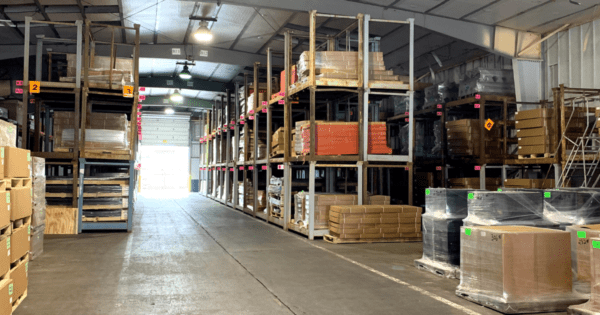Design for Manufacturability (DFM) is a method for challenging a product design from the component level through the system level to ensure that the design is optimized for manufacturing and unnecessary costs have been removed. Often when part assembly is also considered, it is called design for manufacturability and assembly (DFMA). There have been hundreds of books, academic publications, and research papers written on DFM and DFMA, demonstrating the importance of this topic.
While DFM is not a new concept, and its origins can be traced back to the early days of mass production. The the concept as we know it was developed in the 1960s by a group of professors at the University of Massachusetts Amherst, who were focused on improving designs so parts could feed faster through the state-of-the-art robotic parts-feeding and assembly processes of that time. By the 1980s, DFMA had become widely adopted in the manufacturing industry, and DFM had emerged as an important discipline for product design and development. Since then, DFM principles and practices have continued to evolve, and new tools and techniques have been developed to help engineers and designers optimize their product designs for manufacturing.
Benefits of DFM
Many companies looking to cut or stabilize costs will implement processes such as Kaizen, Six Sigma, lean manufacturing, and/or 5s to increase efficiency and improve quality within the manufacturing process. But this narrow focus does not address the unexpected costs if your parts and components are not designed for your manufacturing and assembly processes. By the time your product gets to production, it may be too late.
When products are not designed well, the consequences can reverberate through the supply chain. High material costs, slow or halted production, challenging assembly, engineering change orders are needed, late deliveries, unhappy customers, and more are common.
DFM increases manufacturing and assembly efficiency and reduces waste. The benefits of implementing DFM can be boiled down to reducing costs and increasing profitability. Some of the cost reductions when DFM is implemented include those from:
- Product development
- Manufacturing
- Assembly
- Quality
- Materials
- Labor and Indirect labor
- Overhead
- Customer service
Using DFM to Drive Cost Savings
If your metal manufacturer is a build-to-print shop and provides no feedback on opportunities for improvements or cost savings, you may be missing an opportunity. At Tusco Manufacturing, our manufacturing process uses DFM principles as all aspects of manufacturing, budgeting, assembly, and use are considered.
While we look at drawings for basic design issues, such as the placement of holes, flanges, bends, channels, and hardware, we have in-depth conversations with our customers to fully understand how the product is used, what parts are involved, and how the customer will interact with it. If the part needs regular maintenance, we need to know if access is required. We ask about the environmental conditions it will be exposed to or if a coating is required. We look for ways to increase efficiency and reduce costs.
In one case, we had a company come to us because their supplier wasn’t hitting due dates. We evaluated the product, and without changing form, fit, or function, we improved the design, which also improved manufacturing efficiency, allowing us to hit the customer’s due dates with no issues.
Sometimes, a customer knows what they want exactly, and other times, they may tell us that they need the part to fit into a specific area. One of our strengths is being able to design a part to maintain a small footprint and meet the customer’s needs – even if all they have is a hand-drawn sketch.
While there are times we will make a change to the process, other times we may suggest alternative materials. The original drawing may call for a heavier gauge material than what is needed. After a complete evaluation and determining it won’t have a detrimental impact, we will suggest a thinner material that will reduce costs and weight. Depending on the use of the part, weight reduction can bring its own additional cost benefits.
We have found that big cost savings can be found in reducing the number of parts for a product. When we evaluate how the parts go together, how they function, and how they are interacted with, we often can redesign them into fewer parts. If we can take five parts and get it down to two, it reduces the costs of manufacturing and assembly.
Our design evaluation also considers how to make assembly the most cost-effective, for example, spot welding vs. riveting. For one customer with a product used on powerlines, we were able to replace 90 percent of rivets with spot welds, where the final rivets could be added in the field as they were going onto the power lines. This completely removed a step in the assembly process.
Maintaining a high-quality standard is also an important part of DFM. We are ISO 9000:2015 with design certified. By certifying to this quality standard, we are ensuring that our design process is well defined, controlled, and managed to produce products or services that meet our customers’ needs and requirements.
Do you want to know more about how we’ve designed costs out of projects? Do you have a metal product that might benefit from DFM? Contact us, and let’s start the conversation.




